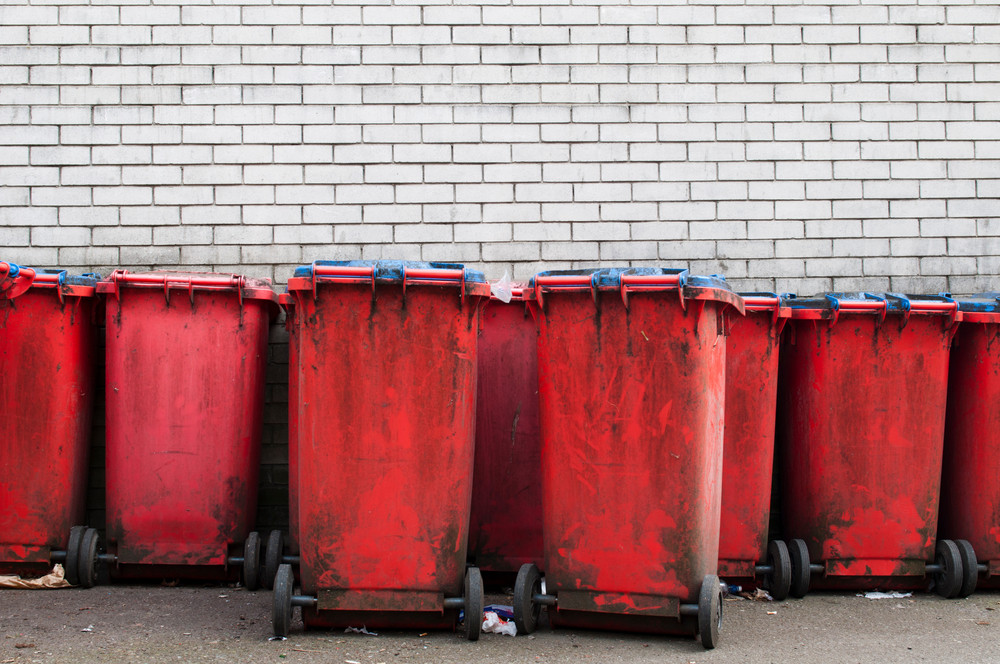Each week, as we deposit our garbage at the curb, it can be easy to forget about our trash once the collection truck drives away. Out of sight, out of mind, right? However, the journey of your refuse doesn’t end there. Understanding what happens to your trash after it leaves your property can illuminate broader issues about waste management and environmental sustainability while urging us to consider more mindful consumption and disposal habits.
Transfer Station
After collection by residential trash services, the first stop for your trash is typically a transfer station. Here, waste is aggregated and compacted to optimize transportation efficiency. By making scattered loads more centralized and manageable, transfer stations serve as an essential prelude to what comes next. This process may sound mundane, but it significantly reduces the number of trips needed to transport waste to its final resting place, thereby conserving fuel and reducing emissions.
Landfills and Incinerators
From the transfer stations, your trash is transported mainly to two types of facilities: landfills and incinerators. According to the Environment America Research & Policy Center, the majority of waste (62%) discarded by homes and businesses in the U.S. is ultimately dumped into landfills or burned in incinerators. In landfills, trash is buried in carefully engineered areas designed to minimize environmental harm. However, concerns persist about greenhouse gas emissions and long-term soil and water contamination. Conversely, incinerators burn waste to generate energy, yet they also release pollutants that can harm air quality.
Recovery Facilities
Beyond landfills and incinerators, only a minor portion of trash makes it to material recovery facilities where recyclables are sorted and prepped for resale. While recycling diverts waste from environmentally harmful endpoints and helps conserve natural resources, the system isn’t foolproof. Contamination of recyclables often leads to entire batches being rendered unrecyclable, emphasizing the importance of proper separation and cleaning of materials at home.
In conclusion, understanding the path your trash takes once it leaves your property underscores the importance of reducing waste at the source. By embracing practices like composting, recycling, and mindful consumption, we can help reduce the environmental impact of what we discard. As individuals, each action we take plays a pivotal role in shaping broader societal outcomes related to waste management and sustainability. Reach out to our team at Tiger Sanitation if you’re in need of residential trash services!



